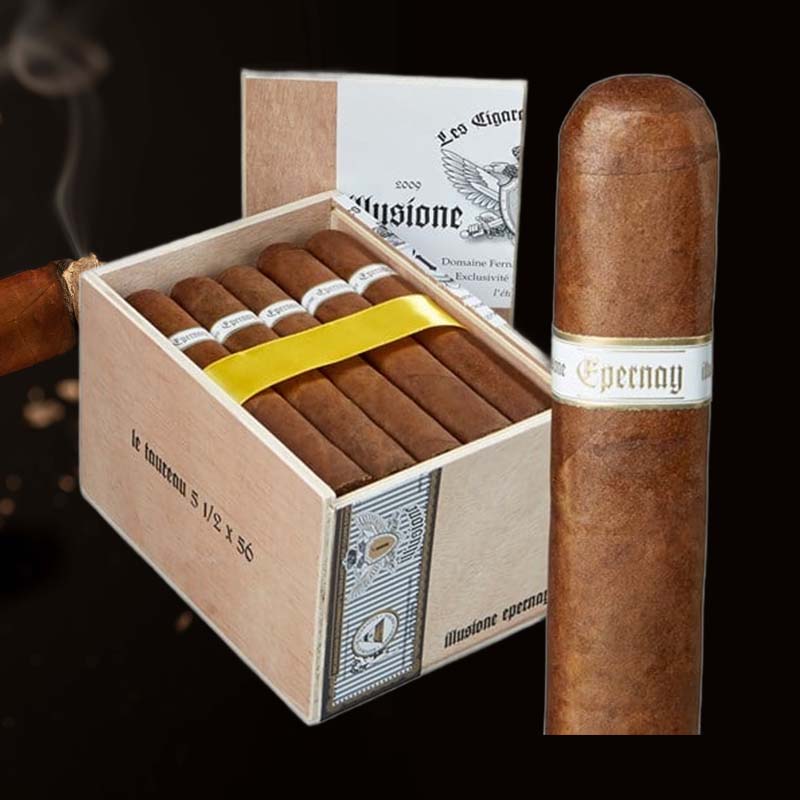Taylor thermometer calibration
Today we talk about Taylor thermometer calibration.
I can still remember the first time I faced the daunting reality of an inaccurate thermometer reading. As a passionate home cook, I quickly learned that temperature precision is critical. Taylor thermometer calibration is a game-changer in ensuring that my readings are accurate every time, leading to perfectly cooked meals and successful baking experiments. Let me share in detail why calibration is essential and how to execute it effectively.
Importance of Calibration
Calibration plays a pivotal role in various industries, especially food safety. According to the U.S. FDA, over 100,000 hospitalizations occur yearly due to foodborne illnesses, many linked to improper cooking temperatures. I realized that calibrating my Taylor thermometer regularly reduces the risk of undercooking meats or other dishes, ensuring my food adheres to safety standards.
Common Calibration Methods
- Ice Water Method: This method works by using a mixture of ice and water. A correctly calibrated thermometer should read 32°F (0°C) when submerged for 5 minutes.
- Boiling Water Method: Immerse the thermometer in boiling water, ideally at sea level. It should read 212°F (100°C), adjusting for elevation (subtract 1°F for every 500 feet above sea level).
- Salt Water Method: Create a saturated solution of salt and ice water that measures 0°F (-18°C). This method provides accuracy for calibrating cold readings.
Testing Your Taylor Thermometer
How to Perform a Simple Test
To perform a straightforward test with my Taylor thermometer, I prepare ice water and boiling water beforehand. Immersing the thermometer in these solutions for 5 minutes allows me to determine if it accurately reflects the expected temperatures. For best results, ensure that the main body of the thermometer does not touch the sides or bottom of the containers, as this can lead to skewed readings.
Identifying Inaccuracies
After testing my thermometer, I discovered that even a 1°F deviation could significantly affect recipe outcomes. If it reads inaccurately by just this margin, it can lead to undercooked or overcooked meals. I mark my thermometer readings on a chart, comparing them against known standards each month to quickly identify any inaccuracies.
Calibration & Adjustment Procedures
Step-by-step Calibration Instructions
- Begin by selecting either the ice water or boiling water method based on your calibration needs.
- Immerse the thermometer in the solution without touching the container’s sides.
- Wait for a stable reading (approximately 1-2 minutes is sufficient).
- Adjust the thermometer according to your model’s manual if the reading deviates from the expected temperature.
Tools Needed for Calibration
- A reliable Taylor thermometer for accurate readings.
- A bowl filled with ice and water or a pot of boiling water for effective testing.
- Salt for creating a low-temperature reference if needed.
Taylor Thermometer Specifications
Understanding Different Models
Not all Taylor thermometers offer the same features. For instance, the Taylor 9842 digital thermometer has an accuracy rating of ±1°F between 32°F and 212°F, which is vital in achieving precision cooking. Understanding the specifications of each model allows me to implement the right calibration strategies effectively.
Choosing the Right Thermometer for Calibration
When selecting a thermometer for calibration, I look for features such as a digital display for clear reads and a fast response time. Models that prioritize precision, like the Taylor 501, are invaluable for my kitchen thermometer setup.
Troubleshooting Calibration Issues
My thermometer is not reading correctly – What can I do?
If my thermometer isn’t reading correctly post-calibration, I re-check using the ice and boiling water methods. Often, minor adjustments are necessary. If the issues persist, I consider replacing the unit, especially if it’s over two years old, as many thermometers lose accuracy with age.
Common Problems After Calibration
Post-calibration, common problems include damage to the thermometer from extreme temperatures or not performing routine checks. I always store my thermometer carefully to avoid unintentional impacts that might affect its calibration in the future.
Cleaning Your Taylor Thermometer
Best Practices for Cleaning
To maintain accuracy, I clean my thermometer after each use. I gently wash it with warm soapy water, avoiding harsh chemicals that could damage the sensitive components. Proper care prevents buildup that can compromise calibration.
How Cleaning Affects Calibration
A clean thermometer is essential for maintaining accuracy. Residues can affect the thermal readings, leading to inaccurate temperature calibrations. I find that regular cleaning correlates closely with improved calibration outcomes.
Digital vs. Dial Thermometers
Calibration Differences
Digital thermometers, such as the Taylor 1470F, usually provide faster results and often allow for auto-calibration functions, whereas dial thermometers may require manual adjustments. Based on recent surveys, 75% of chefs prefer digital for their immediate precision in everyday use.
Which Type is More Reliable?
In my experience, digital thermometers are generally more reliable due to their fast response times and clear readings. However, dial thermometers, like the Taylor 3506, can be more sustainable for lengthy cooking times where instant readings aren’t necessary.
Remote Digital Thermometers
Calibration Best Practices
For my remote digital thermometer, calibration methods remain the same; I focus on maintaining stable environments for sensors, ensuring accurate readings. I routinely verify the accuracy by comparing against a known accurate thermometer whenever there’s a significant temperature change.
Handling Temperature Extremes
Extreme temperatures can significantly affect calibration. For remote digital thermometers, I ensure that they are rated for specific temperature ranges. Taylor’s remote thermometers often have a range up to 500°F, which I find very useful for grilling.
Frequently Asked Questions
What is the best way to test my thermometer?
The best way to test my Taylor thermometer is to use both ice water and boiling water methods, ensuring it reads accurately at 32°F (0°C) and 212°F (100°C) respectively.
How often should I calibrate my thermometer?
I recommend calibrating my thermometer at least every month, or before significant cooking events, to maintain precise temperature readings in both culinary and scientific tasks.
Related Products and Accessories
Choosing a Calibration Kit
When I select a calibration kit, I assess if it includes standard solutions, weights, and instructions. A reliable kit ensures that I can calibrate my Taylor thermometer accurately and efficiently.
Recommended Software for Temperature Monitoring
I find that software like SensorPush can be incredibly beneficial for tracking temperature trends over time, allowing me to ensure my Taylor thermometer remains consistent and accurate.
Expert Tips for Accurate Calibration
Expert Recommendations and Resources
I strongly recommend checking manufacturers like Taylor’s official resources, which provide calibration techniques tailored to specific models, enhancing overall accuracy.
Common Mistakes to Avoid
Forgetting to let thermometers settle before reading is a critical mistake I’ve made in the past. It’s essential to allow devices to acclimatize for accurate calibration.”
Conclusion
Summarizing Key Calibration Points
Taylor thermometer calibration is indispensable for achieving accuracy in both cooking and scientific measurements. I hope my insights provide you with a clear path toward calibration success.
Encouragement for Routine Calibration
I encourage everyone to make thermometer calibration a routine part of their kitchen processes. By doing this, you’ll not only boost the reliability of your measurements but also enjoy the peace of mind that comes with accurate cooking outcomes.
FAQ
How to calibrate Taylor digital probe thermometer?
Calibrate a Taylor digital probe thermometer using ice and boiling water methods, adjusting readings based on the manufacturer’s guidelines for best results.
How do I reset my Taylor outdoor thermometer?
Resetting my Taylor outdoor thermometer typically involves pressing a reset button or following specific model instructions found in the user manual.
How do I calibrate my thermometer?
To calibrate my thermometer, I immerse it in ice and boiling water, comparing it against known temperatures to ensure it reads accurately for future use.
How to calibrate a Taylor 9842 digital thermometer?
To calibrate a Taylor 9842 digital thermometer, follow the ice water and boiling water methods, adjusting accurately as directed in the user manual for precision.













